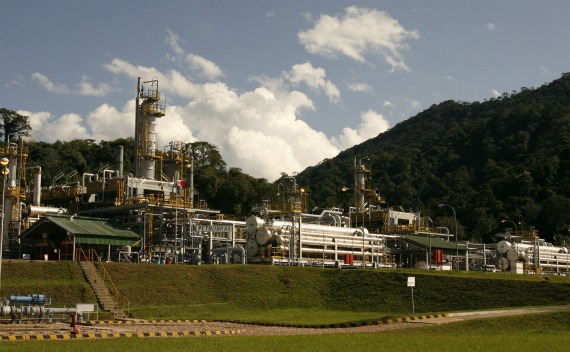Argentina’s Natural Gas Discoveries
More on:

Last December, Argentina’s major oil and gas company YPF discovered some 4.5 trillion cubic feet of unconventional gas in the southwest province of Neuquén. The find has the potential to totally transform the country’s (and the region’s) energy future. It pushes Argentina’s shale gas reserves to 774 trillion cubic feet -- making it the third largest provider of natural gas in the world, after the United States and China. If exploited it would easily cover domestic demand for gas for the foreseeable future and end the recurring and unpopular gas crises that force factories to shut down at times during the winter months. Argentina would become energy self-sufficient for the first time in nearly a decade.
But there are challenges to get the gas out of the ground. First, Argentina’s shortage of water may stand in the way of accessing natural gas reserves. The process of drilling to extract shale gas uses up to 6 million gallons of water for every well drilled, and experts say it will take 38 billion gallons of water to capture natural gas trapped underneath the Vaca Muerta, or “Dead Cow” basin.
Another challenge is the government’s oil and gas pricing regime, which has been a major disincentive to investment in recent years. Heavy regulations hold prices down to $2.00-$2.50 per cubic foot of regulated gas -- nowhere near the breakeven price needed to make development worthwhile. Argentina has set up a two-tier system under its “Gas Plus” program -- allowing gas produced by new investment to be sold at much higher prices – in some cases more than double the rate in the domestic market. This has brought in more than a billion dollars from the likes of Exxon, AES and Apache. But these differential prices show how transitory Argentine rules can be. To attract the huge amounts of capital needed to truly develop these gas finds in the coming years, the Argentine government will have to convince investors that the rules won’t change with the political winds.
If this happens, it will transform regional gas markets. Bolivia will be the biggest loser. As the region’s current top energy provider, its economy today depends on fueling neighboring Argentina and Brazil. By developing its own gas reserves, Argentina takes away not just a vital customer but also potential foreign direct investment - leaving Bolivia’s economic development model in jeopardy.
Another -- much more indirect -- loser is Mexico. The fact that investors are more interested in Argentina -- known for playing fast and loose with property rights and contracts -- than in Mexico, which is ranked Latin America’s most business friendly economy, shows how hamstrung Mexico’s energy sector remains. Without further changes to the system to open up outside funding for exploration and production projects, Mexico risks becoming a spectator on the energy sidelines, with huge ramifications for its overall economy as a result.
More on:
 Online Store
Online Store
